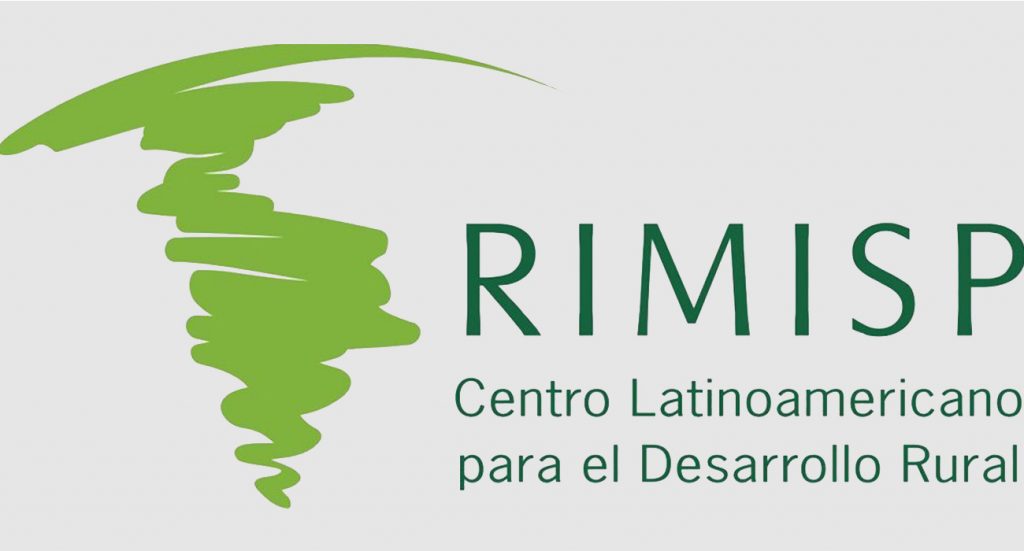Puebla 2016// The Trend of Regional Income Disparity in China

This paper is devoted to comprehensively analyze regional income disparities in China from 1978 to 2014. Since China began its reform and opening up, inter-provincial disparities have experienced a process of narrowing first and then expanding.
Puebla 2016// Fiscal Decentralization and Multidimensional Poverty Reduction in Colombia: A Spatial Approach

Fiscal decentralization as an instrument to reduce poverty is an open debate that still takes place with little and contradictory empirical evidence on whether or not it has served the poor.
Puebla 2016// Interventions for overcoming poverty: the case of Colombia (2010-2014)

This document presents the main interventions and programmes of Prosperidad Social (Social Prosperity) in Colombia, aimed at overcoming poverty, using income and multidimensional measures on the part of the poorest and most vulnerable populations, and also the achievements and major challenges that this entity faces as an institution.
Puebla 2016// Revisiting Sectoral Growth Linkages and the Role of Infrastructure Development: Sources of Nonfarm Development in the Rural Philippines

While the conventional wisdom in development economics tends to hold the view that agricultural growth facilitates diversification of rural economies (from mainly agricultural to rural nonfarm development), empirical evidence showing such a causal relationship appears to be relatively scarce.
Puebla 2016// Regional Policy in the Republic of Korea: Principles and Experiences

Since the 1960s, the Republic of Korea has achieved a rapid economic growth by supplying industrial complexes and intensive development of a certain number of regions.
Puebla 2016// Patterns of territorial development and inequality from South Africa’s periphery: evidence from the Free State Province

The apartheid state had a direct impact on both territorial development and inequality in South Africa. The demise of apartheid coincided with economic globalisation and the establishment of the postapartheid state, the intention of the latter being to promote development and address inequality.
Puebla 2016// Devolution and territorial development inequalities: The Kenyan experience

Present day Kenya became a British colony at the conclusion of the Berlin Conference of 1884/1885. Initially a company, the Imperial British East African Company, administered the colony on behalf of the British government.
Puebla 2016// The new strategies of territorial approach in Africa

The territorial dimensions of development have long been neglected in Africa. From the period of colonization to the independences, taking into account the spatial dimensions of development has played a minor part in the development of public policies.
Puebla 2016// The need for a paradigm shift towards territorial development in sub-Saharan Africa

Due to the specific characteristics of its integration into the world economy over the last centuries, subSaharan Africa is facing huge spatial imbalances and territorial inequalities. Inherited from the artificial borders shaped by a late European colonization, the political fragmentation of the sub-continent was especially exacerbated by continuing the “rent system” based on the extraction of natural resources.
Puebla 2016// Welcome to Canada: New Demographic and Economic Realities of Increased Migration to Rural Western and Northern Regions

Over 280,000 permanent and another 475,000 temporary foreign workers enter Canada each year. Until very recently, 75% of all migrants located to the three big cities: Toronto, Montreal and Vancouver, with the vast majority living in Toronto.